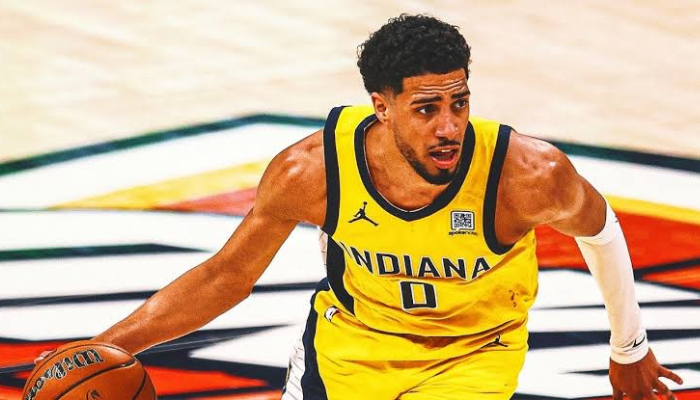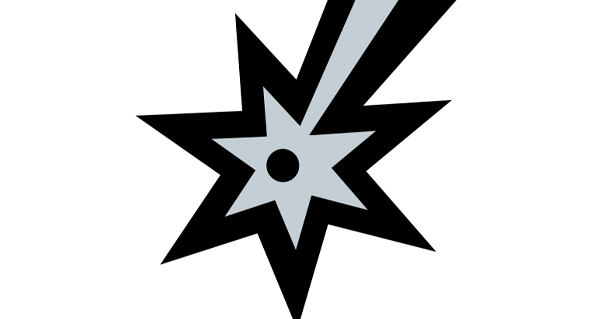PROTECT YOUR DNA WITH QUANTUM TECHNOLOGY
Orgo-Life the new way to the future Advertising by Adpathway
The Garmin inReach Mini 2 is made for outdoor enthusiasts—hikers, backpackers, climbers, hunters, or anyone who wants a backup way to communicate when cell towers are out of reach. It’s meant to help you stay in touch, share your location, and call for help if you get into trouble far from civilization. The device weighs just 3.5 ounces (about as much as two AA batteries) and is small enough to fit in a jacket pocket.
Main Features
Two-Way Messaging
The device lets you send and receive short messages (either SMS or email) over the Iridium satellite network. As long as you have some sky above you, you can text anyone, anywhere. Typing directly on the device is slow, but pairing it with your phone through Bluetooth can make things much easier, but it uses more power.
SOS Button
If things go wrong, there’s a physical SOS button under a safety cap. Press it, and you’ll connect with a global emergency response center (GEOS). They’ll text you through the device to get details and coordinate with local rescue services. This is the main reason many people buy these devices.
 The SOS button is protected against accidental navigation behind this door
The SOS button is protected against accidental navigation behind this doorLocation Sharing and Tracking
You can set the device to record your position at regular intervals. Family or friends can follow your route on a map through Garmin’s MapShare site, which displays your track on an online map. You can also send your current GPS coordinates.
Basic Navigation
The Mini 2 offers some simple navigation options, including the ability to record waypoints, display your current GPS location, and create a breadcrumb trail, allowing you to retrace your steps using its “TracBack” feature. Don’t expect detailed maps or turn-by-turn directions on the device itself. I prefer using Smartphone apps instead, like Avenza or GaiaGPS.
Battery Life
Garmin states that the battery lasts up to 14 days when tracking is enabled at 10-minute intervals. If you use minimal tracking or put it in expedition mode, it can last closer to a month. Real-world battery life depends a lot on how often you’re messaging or tracking. I never use the tracking capability and would rather conserve power. Although I could see it being useful if you’re running an FKT, or you put it into Grandpa’s cardigan pocket so you can find him when he wanders off.
 The basic functions are easy to use.
The basic functions are easy to use.Phone App Integration
Pairing the device with the Garmin Explore app on your smartphone makes composing messages much faster, as you can use the phone’s keyboard, and gives you access to better maps (which are still inferior to those in Smartphone navigation apps).
Weather Forecasts
You can request weather forecasts for your current location or any spot along your route. It’s not as detailed as what you’d get online at home, but it’s helpful when storms might change your plans.
Durability
The inReach Mini 2 is waterproof (rated IPX7) and is be tough enough to withstand drops, rain, and cold temperatures. I wear mine clipped to daisy chains on my pack’s shoulder straps. It does no good if it’s packed away and you can’t reach it in an accident.
Getting Started
Setup is pretty simple:
- Make a Garmin account and activate the device online.
- Pick a subscription plan (the cheapest one starts around $15 per month).
- Pair it with your phone if you want easier texting.
- Test sending messages and using tracking before your trip.
The button-based interface is basic but clear after some practice. Typing on the device itself is tedious but uses less power than if you pair it with your phone using Bluetooth
Real-World Experience
 I always clip my mini 2 to my pack with a carabiner so I don’t lose it and always know where it is.
I always clip my mini 2 to my pack with a carabiner so I don’t lose it and always know where it is.Messaging Reliability
If you’re somewhere with a clear view of the sky—such as open trails, ridgelines, or lakes—the device connects to satellites quickly (usually within a minute). In dense forest or canyons, it might take longer but usually gets through eventually. Messages typically send and arrive within a few minutes.
Plus, you can make the device chirp to signal that your message has been successfully sent. I’ve used other devices, like several generations of the Spot satellite messenger, which didn’t have this capability, and you never knew if your message had been received by the satellite or not. In one case, my wife lost track of me for days and didn’t know where I was, as the Spot had eaten my “OK” messages to her.
 The weather function can be useful if you’re out for long periods of time
The weather function can be useful if you’re out for long periods of timeSOS Use
Most users won’t ever need the SOS feature, but reports from real emergencies suggest that Garmin’s response center responds quickly and stays in touch via text during rescues. My main reservation about using devices from other vendors, including the satellite SOS capability offered on late-model iPhones, is that I don’t know how reliable their back office is. Do the dispatchers who receive an SOS communication know whom to contact in my local area if I need assistance? Garmin and GEOS have already figured this out, hence I trust them more to perform this function.
Battery Performance
Battery life generally matches Garmin’s estimates, unless you’re sending a lot of messages or tracking frequently. While I check the battery before each trip, I only recharge the device about twice a year, because I use it so infrequently. Then again, all I use it for is to send a daily pre-canned check-in message, which uses very little battery power.
Navigation
Navigation features are limited. The Mini 2 will help you get back to where you started or mark places along your route, but it won’t replace a dedicated GPS or map app for complex routes.
 Send important ad hoc messages…like an after trip pizza
Send important ad hoc messages…like an after trip pizzaWhat’s Good and What’s Not
Pros:
- Lightweight and compact.
- Reliable satellite coverage.
- Two-way texting—so you’re not just sending out blind signals.
- Send pre-canned messages if all that is needed is a simple one-way notification.
- Real emergency help if needed.
- The battery lasts a long time, and the device is USB-C rechargeable.
- Integrates with phones for easier messaging.
What’s Lacking:
- You have to pay monthly or yearly for messaging and SOS features (no free option).
- Typing on the device is slow—don’t expect to write long messages.
- Navigation options are basic; don’t expect detailed mapping on the device.
- No voice calls—text only.
Who Should Consider the Garmin inReach Mini 2?
People who hike, paddle, hunt, or climb in remote areas, especially alone, will find this device most useful. It’s also good peace of mind for groups if one person carries it, as long as others are familiar with how to use it if you become incapacitated. If you only do short trips where cell coverage is reliable, you probably don’t need it. However, If you want serious mapping or navigation features built in, look elsewhere or plan to use your phone alongside it.
Bottom Line
The Garmin inReach Mini 2 isn’t perfect, but it excels in its primary role: keeping you connected when you’re off the grid. It’s light, rugged, works nearly everywhere, and could literally be a life-saver if something goes terribly wrong. The subscription cost is the main drawback, but it’s not a full GPS unit. However, for most backcountry travelers, those tradeoffs are worth it for the extra safety. If staying in touch matters when you’re outside cell range, this little gadget does the job reliably without weighing you down.
SectionHiker never accepts payment for gear reviews or editorial coverage. When you buy through affiliate links on our site, we may earn a small commission at no extra cost to you. Help us continue to test and write unsponsored and independent gear reviews, hiking and backpacking FAQs, and free hiking guides.



















 English (US) ·
English (US) ·  French (CA) ·
French (CA) ·